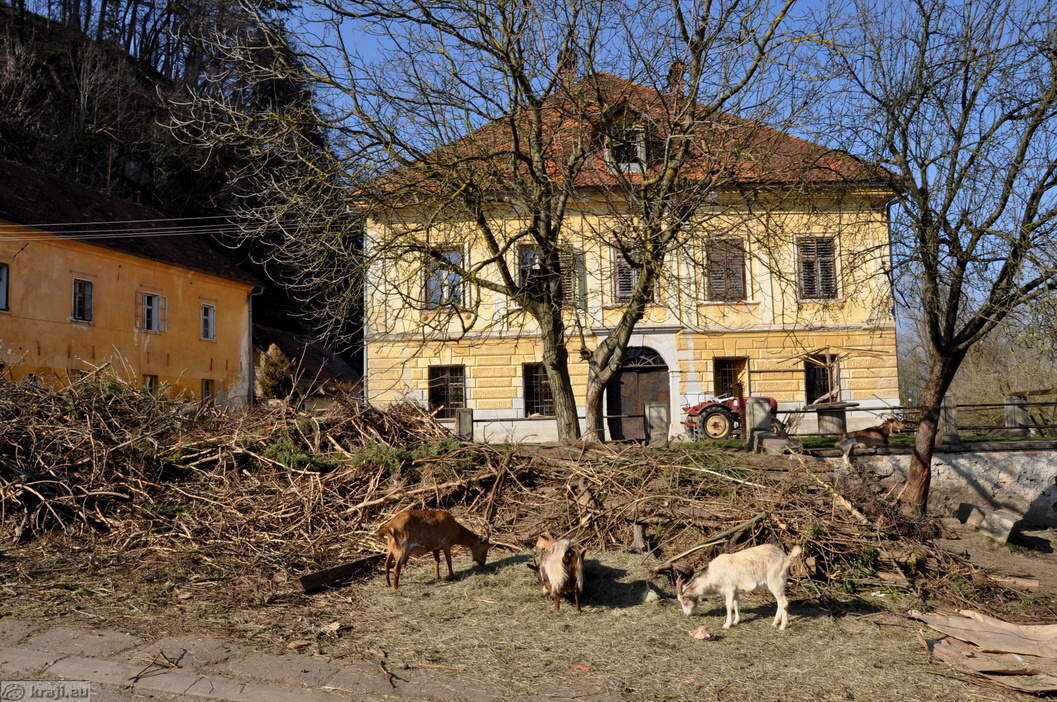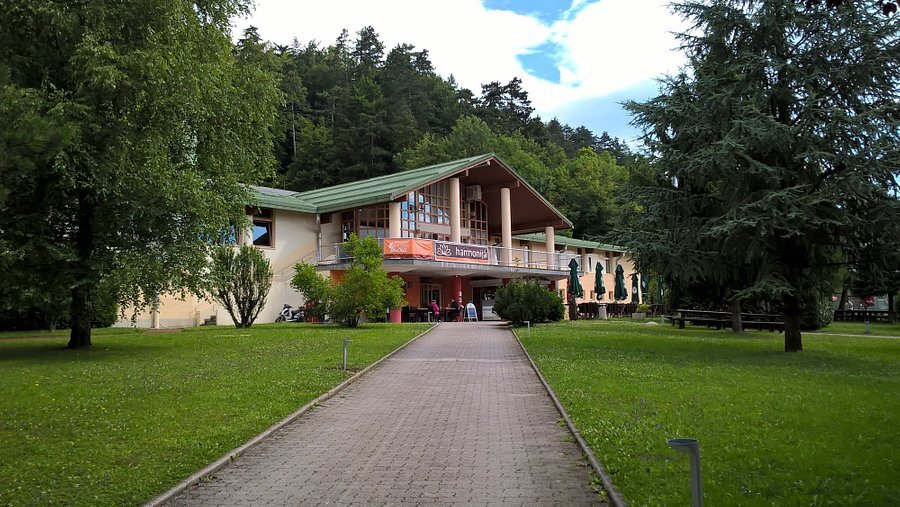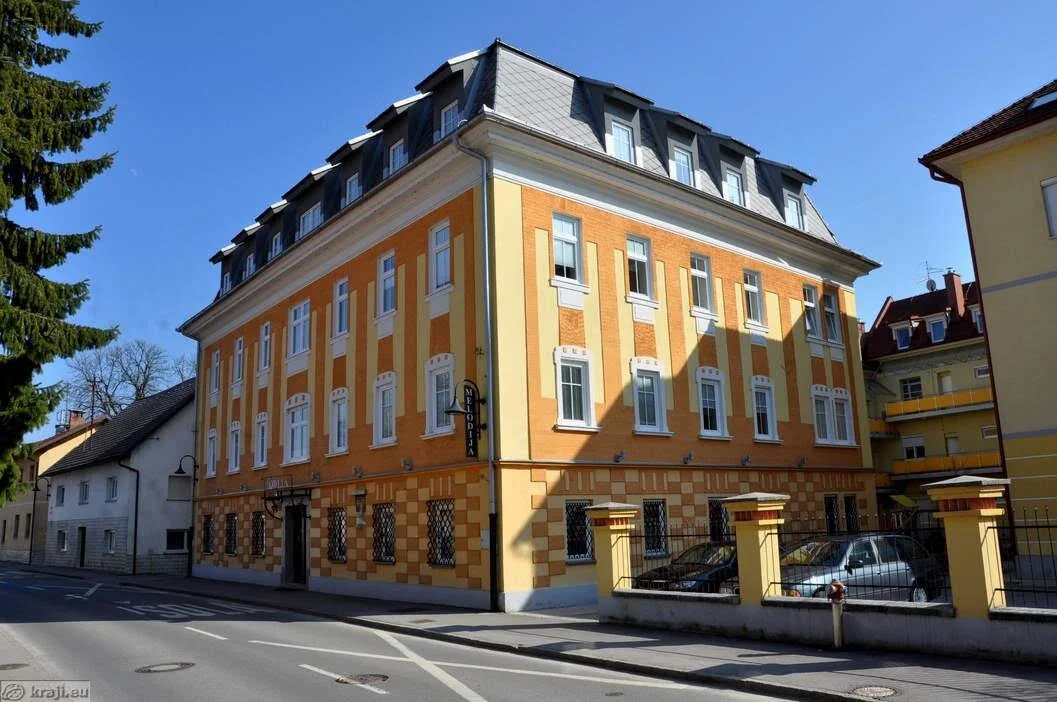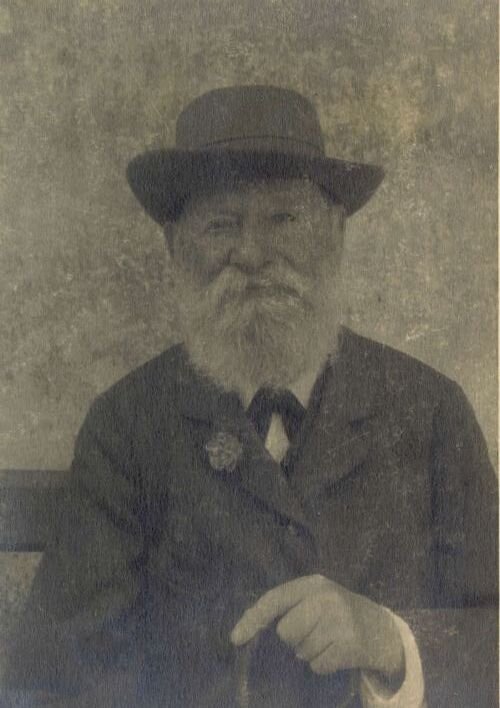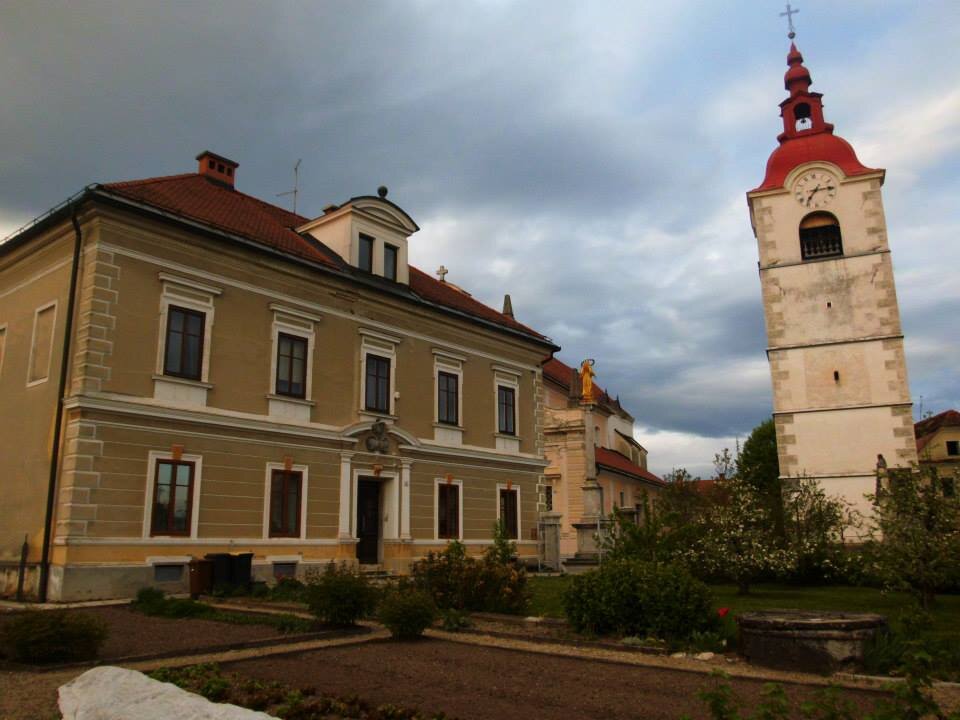31: Mengeš // A Village Beyond Comparison
The New Castle in Mengeš and part of a curios zoo // © Kralj.eu
“Honestly, I don’t mind where I live, whether it is in the centre of Ljubljana or, I don’t know, Mengeš”
“I’m from Welshpool, a small town in Wales, about the same size as, I don’t know, Mengeš?”
For whatever reason, Mengeš has always been my comparison town. Admittedly, I don’t find myself comparing towns too often, but when it happens in Slovenia it usually happens with Mengeš on one side of the ledger.
I can’t say exactly why that is. What is it about Mengeš that makes it stick in my mind? Some basic information might help the reader. Jut a short 15-minute or so drive from Ljubljana, Mengeš is arguably the most serene village near the capital, home to around 6,500 people (similar to Welshpool, see) and famous for musical instruments and wellness. That’s really the thing; Mengeš is simple, albeit in complex form. The village underneath Gobavica has existed in the history books since 1154, although people have obviously been living here since forever ago. Peasant life brought crafts and tradition.
What you can grab from that is that Mengeš is every bit the standard Slovenian village. My first visit to the town came in the spring of 2014, as I ventured around the so-called Heart of Slovenia to put together a guide of the same name for In Your Pocket. I was met by a member of staff from the local tourist information centre who pleasantly promised to show me the town, although there wasn’t a huge amount to cover (her words, not mine). I was disastrously hungover.
First, we went to Harmonija Wellness Centre, a starting point that may or may not have been a little dig at my troubled state. It wasn’t, obviously, and we were at the wellness centre for reasons that extended way beyond ‘this is a wellness centre in a Slovenian town’, because all Slovenian towns have something like this.
No, we were at Harmonija because it was the very first wellness centre in Slovenia. The place has been completely renovated over the years, but its history cannot be taken away from it, no matter how big the car park or how shiny the toilets. The name isn’t all about spiritual and physical harmony either.
You see, Mengeš is actually kinda famous for something, and that something is musical instruments. What’s more, the town band in Mengeš has existed for more than 100 years at this point, making it the oldest big band in Slovenia, a tradition that was kept up by the civilians living in the village over the decade. When the purse strings of the players drew too tight, the people of Mengeš would club together to purchase instruments or even the materials with which to make them, allowing the band to continue playing long into the night.
We stopped by a music shop called Melodija, a modern celebration of this town’s musical soul. Instruments of all kinds filled the room, be they violins and guitars with shimmering strings of percussion instruments begging to be thumbed. Accordions too, plenty of accordions, something of a curse in Slovenia. The shop had opened its doors in 1995, some 40 years after a musical factory had opened in Mengeš to keep the bands of Slovenia playing.
There was more to this house than simply the music that filled it. You could tell as much from its elegant exterior, although the plaque was also something of a giveaway. Melodija now runs its musical affairs from the very house in which writer and historian Janez Trdina was born, a man famed for his stylistic genius and eccentric aesthetics. Ivan Cankar himself considered Trdina the finest stylist of the time, and many points at the bearded man from Mengeš when tasked with finding the one figure who did most to keep alive Slovene folk tradition.
We didn’t stop for too long in Trdina’s house, not that I was in danger of spontaneously purchasing a keyboard or something. St Michael’s Church was next on our tour, the very heart and soul of the town and one of the oldest parishes in the country. We entered its 15th-century doors to be greeted by the frescoes of Janez Ljubljanski, a famous painter of the time whose work can be seen all over the country, their soft colours giving comfort to the men and women who wandered this way when the Ottoman Empire was at the door in the 16th century. The people of Mengeš hid from the seemingly unstoppable war machine within the walls of the church, somehow surviving that which brought much of the region to its knees.
A bust of painter Franc Jelovšek sat outside the church, a timely reminder of the love that Mengeš has and has always had for the creative side of life. Later in the day, we would see some of his work in Jablje Castle, most notably an unusual rendering of a chap playing the tambourine on the back of a camel, but this story will come to an end before that encounter. Besides, my own memory of tambourine-playing in Slovenia is best left in the past.
Finally, we encountered a man with a mass of goats and sheep, sat in the street, directly in front of what I was told was the New Castle but looked more like a very old house, ravaged by time and (presumably) the notorious lack of respect for architecture that animals have. You’d think that story demands a little more attention, but the tourist information office in Mengeš tried to shepherd me in a different direction. They were probably right, but I couldn’t help but consider this dishevelled man and his herd of rampaging farm beasts, a rag-tag army that had seemingly occupied a 17th-century mansion in 21st-century surroundings. Truth be told, it was absolutely magnificent.
The more I think of it, Mengeš really has very little that can accurately be compared.
